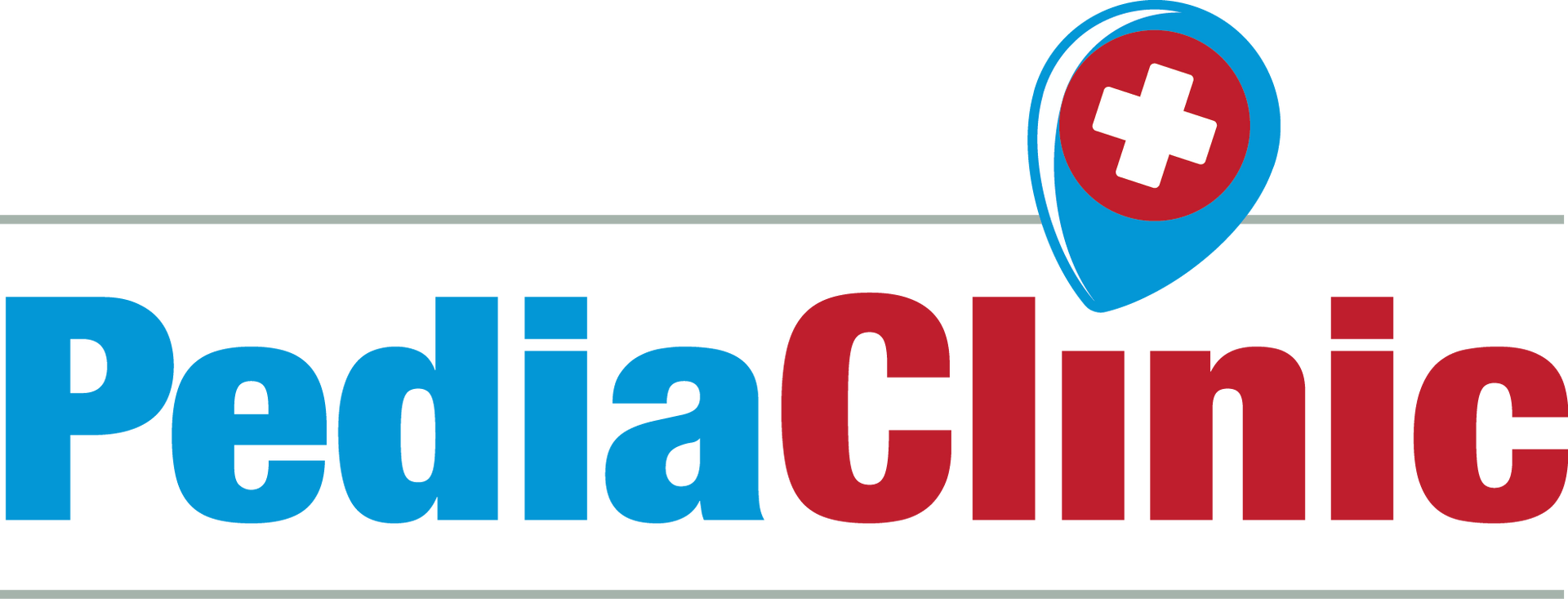Fever (Age 6-21)
Definition
- Your child has a fever if:
- Ear or Forehead temperature: 100.4° F (38.0° C) or higher
- Oral or Mouth temperature: 100° F (37.8° C) or higher
- Under the arm (Armpit) temperature: 99° F (37.2° C) or higher
Call or Return If
- Your child looks or acts very sick
- Any serious symptoms occur, such as trouble breathing
- Fever goes above 104° F (40° C)
- Fever lasts more than 3 days (72 hours)
- You think your child needs to be seen
- Your child becomes worse
About This Topic
Causes
- Main cause: colds and other viral infections.
- Fever may be the only symptom for the first 24 hours. This often occurs with a viral illness. The start of symptoms (runny nose, cough, loose stools) is often delayed.
- Most often, you won't know the cause of the fever until other symptoms develop. This may take 24 hours.
- Bacterial infections (as with a Strep throat or a kidney infection) also cause fever.
Normal Temperature Range
- Forehead or Ear. A reading of 98.6° F (37° C) is just the average forehead or ear temp. A normal low can be 96.8° F (36° C) in the morning. It can change to a high of 100.3° F (37.9° C) late in the day. This is a normal range.
- By Mouth. A reading of 97.6° F (36.5° C) is just the average mouth temp. A normal low can be 95.8° F (35.5° C) in the morning. It can change to a high of 99.9° F (37.7° C) late in the day. This is a normal range.
After Care Advice
Overview:
- Having a fever means your child has a new infection.
- It's most likely caused by a virus.
- You may not know the cause of the fever until other symptoms develop. This may take 24 hours.
- For sick children, most fevers are good. They help the body fight infection.
- Use the ranges below to help put your child's level of fever into perspective:
- 100°-102°F (37.8°- 39°C) Low grade fevers: Helpful. Don't treat.
- 102°-104°F (39°- 40°C) Moderate fevers: Still helpful. Treat if causes discomfort.
- 104°-105°F (40°- 40.6°C) High fevers: Always treat. Some patients need to be seen.
- Over 105°F (40.6°C) Less than 1% of fevers go this high. All these patients need to be examined. Always treat the fever.
Fever Medicine:
- Fevers only need to be treated with medicine if they cause discomfort. That means fevers above 102°F (39°C).
- Also use for shivering (shaking chills). Shivering means the fever is going up.
- Give acetaminophen (such as Tylenol) or ibuprofen (such as Advil). See the Dose Tables.
- Goal of treatment: Bring the temperature down to a "good fever" level (100-102°F). Most often, the fever meds lower the fever by 2° to 3°F (1 - 1.5°C). They do not bring it down to normal. It takes 1 to 2 hours to see the effect.
- Do not use aspirin. Reason: Risk of Reye syndrome, a rare but serious brain disease.
- Children do not need to take both acetaminophen and ibuprofen together.
Treatment for All Fevers - Extra Fluids:
- Fluids alone can lower the fever. Reason: Being well hydrated helps the body give off heat through the skin.
- Offer your child extra water or other fluids by mouth. Cold fluids are better.
- For all children, dress in 1 layer of light weight clothing, unless shivering. Reason: Also helps heat loss from the skin.
- For fevers 100°-102° F (37.8° - 39°C), fever meds are not needed. Fevers of this level turn on the immune system. They help the body fight the infection.
- Exception: If you feel your child also has pain, treat it as needed.
Warm Clothes for Shivering:
- Shivering means your child's temperature is trying to go up.
- It will continue until the fever levels off, usually at 104 F or lower.
- Wrap your child in a blanket until he stops shivering.
What to Expect:
- Most fevers with viral illnesses range between 101° and 104° F (38.4° and 40° C).
- They may last for 2 or 3 days.
- Again, fevers at this level are not harmful.
Return to School:
- Your child can return to school after the fever is gone.
- Your child should feel well enough to join in normal activities.
Author: Barton Schmitt MD, FAAP Copyright
Disclaimer: This health information is for educational purposes only. You the reader assume full responsibility for how you choose to use it.
Article 2896
